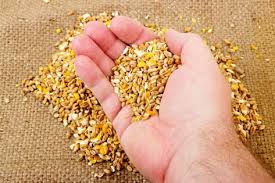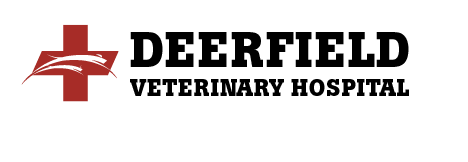Is a Grain Free Food Right for Your Pet?

As a society, we have become very concerned about our diet and a number of health issues related to our consumption of various foods. Gluten sensitivity in people is just one example and it has lead to many looking at “whole food” diets or even eating only foods that our Paleolithic ancestors consumed. Naturally, pet owners will translate these concerns to their cats and dogs and look for more natural diets for their four legged friends.
Pet food marketers have been quick to respond to the public’s desire for grain free options in their lines of food. Catchy brand names like “Taste of the Wild”, “Natural Balance” or “Earthborn” tempt the human shoppers. But, are these pet owners choosing a diet simply based on marketing hype and the sales pitch in the store?
Many believe that the gluten sensitivities common in people are also a widespread problem in pets and chose a diet based on a lack of specific ingredients, such as wheat. Unfortunately, there is no evidence that these particular problems occur regularly in dogs or cats. Gluten-sensitive intolerances are documented in Irish Setters, but, to date, we simply don’t know if other breeds are affected and the problem has not proven to be widespread.
 Another frequent reason for choosing a grain free pet food is that the owner believes that wheat, corn or some other grain is highly allergenic and causes food allergies for their pets. The fallacy here is that many dogs are actually allergic to the proteins in the food. In a review of 267 cases, wheat actually was responsible for fewer canine allergy cases than beef and dairy and corn comes in at a distant 8th, behind chicken, egg and lamb.
Another frequent reason for choosing a grain free pet food is that the owner believes that wheat, corn or some other grain is highly allergenic and causes food allergies for their pets. The fallacy here is that many dogs are actually allergic to the proteins in the food. In a review of 267 cases, wheat actually was responsible for fewer canine allergy cases than beef and dairy and corn comes in at a distant 8th, behind chicken, egg and lamb.
Some owners mistakenly believe that “grain-free” equates to low, or even no, carbohydrates. Dr. Susan Wynn, a well-known speaker on clinical nutrition and integrative medicine, remarks that “if the pet food is a dry kibble, it contains carbohydrates.” The manufacturing process to produce the dry diets (known as extrusion) won’t work unless a minimal level of starch is present.
Dr. Lori Huston, a Certified Veterinary Journalist and author of the Pet Health Care Gazette blog concurs. She even mentions that many of the popular replacements for grains, like potatoes, can actually increase the carbohydrate content of the food.
Finally, a common myth is that our pets are unable to effectively digest the grains present in commercial diets. The reality is that dogs do quite well digesting grains and starches. Not only has decades of research proven this, but new genetic information shows our domesticated canine friends have many more copies of a gene for amylase than their wolf cousins. This important enzyme helps cut starch molecules and enables dogs to effectively use grains as an energy source.
All of the above reasons aside, is there a downside to feeding grain free foods? Overall, the consensus from veterinary experts is that these foods are generally safe and will also provide a complete and balanced diet for your pet. In some cases, the levels of fat or protein may be higher than necessary for some pets and that could cause health issues. To quote Dr. Wynn, since “excess protein is not stored by the body, high protein diets are often simply good for producing expensive urine.”
If grain free is an option that interests you for your pet’s diet, talk with your veterinarian. We can help you sort through the myths and misconceptions that so often abound when it comes to pet foods. This is especially important when it comes to food allergies. Over the counter (OTC) “hypoallergenic” foods can often confound a food allergy diagnosis. Studies have shown that these OTC foods may often contain the very allergens the owner is trying to avoid and cross contamination in the manufacturing process is a common occurrence. In addition, one well known OTC pet food manufacturer was reprimanded by the FDA after lab analysis showed their lamb diet contained no lamb, but beef instead!


